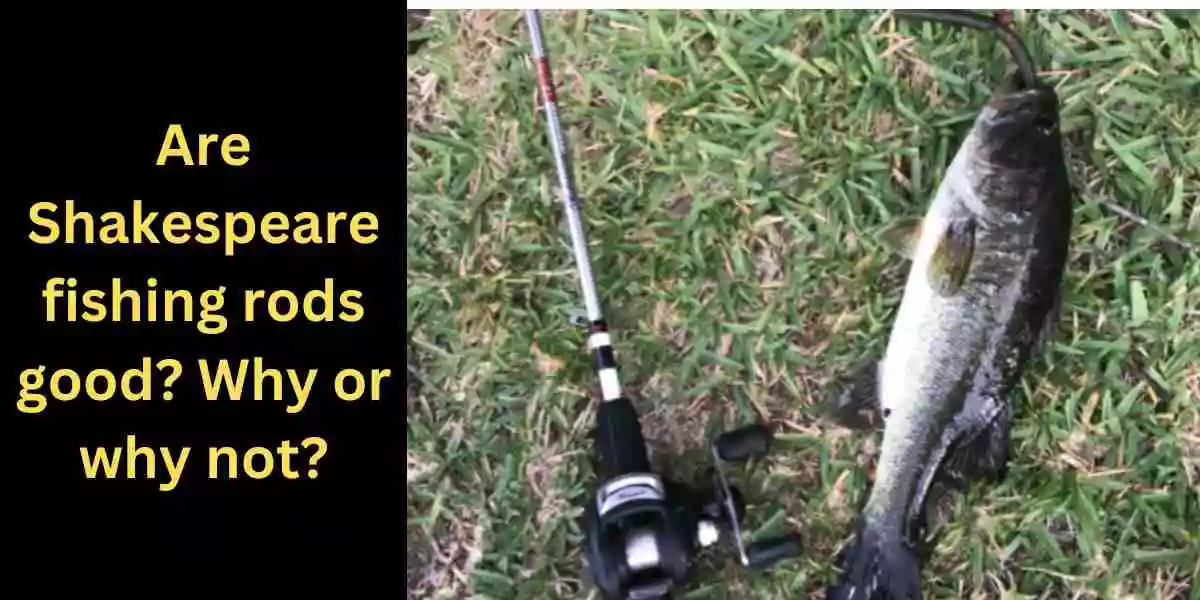Fly fishing is a traditional and beloved sport that requires patience, skill, and the right equipment.
Reeling in a fish on a fly rod is an art form that can take years for any fisher to perfect.
Whether you’re a novice or an experienced angler, this article will provide you with the tips and tricks you need to reel in your catch quickly and securely.
With these tips from the experts, you’ll be able to master the technique of fly fishing with ease.
- Choosing The Right FlyRod
- Casting The Fly Line
- Understanding The Take
- Setting The Hook
- Reeling In The Fish
- Conclusion
Choosing The Right FlyRod
Choosing the right fly rod is essential for success when it comes to fishing with a fly rod. It’s like choosing the right tool for a job; if you don’t have the right tool, you won’t be able to get the job done.
As a fly fishing editor and expert, I will guide you through the process of selecting the perfect rod for your needs.
When it comes to choosing size and line weight, there are several factors to consider. The size of the rod should be selected according to how much distance is needed between you and your target.
If you need to cast further distances then a longer rod might be better suited for your needs. Similarly, if you are fishing in tight spaces then a shorter rod could be more effective.
The line weight should also match up with the size of your target; lighter line weights are better suited for small fish while heavier line weights work better when targeting larger species.
Having an understanding of these two factors can help you make an informed decision when selecting the right fly rod for your needs. With this knowledge in hand, you will be ready to start casting with confidence on your next fishing trip!
Ready to take that next step? Let’s talk about casting the fly line.
See also: How To Cast A Fly Fishing Rod?
Casting The Fly Line
Casting the Fly Line is an essential part of fly fishing. It is a skill that requires some practice, but with a few helpful tips, you will be able to confidently cast your fly and land it exactly where you want it.
When choosing a line for your fly rod, consider the type of water you are fishing in and what type of fish you are targeting. A heavier line will work best for bigger fish in faster water, whereas a lighter line is better for smaller fish in slower-moving water.
Additionally, when selecting a fly to use, pick one that closely resembles the natural insects or bait that local fish feed on. This will help increase your chances of success.
Here are some other tips to keep in mind while casting:
- Keep your rod tip low while casting to prevent tangles and achieve better accuracy.
- Try different techniques until you find one that works best for you.
- Aim high so the wind can carry the fly farther away from shore.
- Focus on accuracy rather than distance when casting into tight quarters.
By mastering these simple tips and understanding how to choose the right line and fly selection, you can greatly improve your chances of landing more fish with a fly rod!
Understanding The Take
Recognizing a bite is an essential skill for fly fishing – it’s key to knowing when to set the hook.
Playing a fish is all about finding the right tension – too much, and you risk breaking your line, too little, and the fish might get away.
You’ll want to practice responding to the take to make sure you’re putting the right amount of pressure on the fish.
With experience, you’ll be able to know the right way to respond when a fish takes the bait.
Recognizing A Bite
For any fly angler, recognizing a bite is essential for success. That instinctive response to set the hook needs to be honed and perfected if you want to land every fish that takes your fly.
While there are several visual cues that can help you identify when a fish has taken your offering, it all starts with learning to trust your gut.
When you’re out on the water and have a hunch that something’s amiss, take a closer look at the line and leader.
If you see it shaking or moving in an unnatural way, chances are you’ve got yourself a bite. Or maybe you feel something tugging on the line, even if it’s just a slight pull – this could also be indicative of an incoming strike.
No matter what type of take you experience, understanding what each one feels like will give you more confidence when fishing with a fly rod. With practice and experience, soon enough you’ll become an expert at recognizing bites in no time – ready for whatever challenges come your way!
Playing A Fish
Once you’ve identified a bite and set the hook, it’s time to play the fish. This is where the real fun begins!
The fighting technique you use will depend on the species of fish you’re targeting and their size. If they’re small, try using a slow, steady retrieve with your rod tip pointed down toward them. For bigger fish, it’s important to keep your line tight and use quick jerks or pulls with your rod to tire them out.
Timing your retrieves is also key – if you let the fish take too much line, it’ll be harder to reel them in for a successful catch. No matter which approach you take, remember that playing a fish can be just as satisfying as landing one!
With patience and practice, you’ll soon be an expert at bringing in those trophy catches with ease.
Setting The Hook
Now that you understand the take, it’s time to set the hook. Choosing the right bait is key. Depending on your location, you may want to use a dry fly, a nymph, or an artificial streamer.
If you’re unfamiliar with the area, start by asking locals what they recommend. Reading water is also important for choosing a bait that will be effective in catching fish.
You should look for areas that are slightly deeper and slower-moving than other parts of the river or lake. These areas tend to attract more fish looking for food and cover from predators. Once you have chosen your bait and read the water correctly, it’s time to cast your line.
As soon as your fly hits the water, watch carefully for any activity underneath the surface. When you see a fish take your bait, keep tension on the line and raise your rod tip until it points towards the sky – this will help set the hook firmly in its mouth and ensure that it doesn’t come off while you’re reeling in.
It’s important to maintain steady pressure on the line during this process – if there is too much slack when reeling in, chances are good that the fish will throw off your hook before you can get it back onto land.
Be sure not to move too quickly – give yourself some time to adjust to any sudden movements from underwater so that you can keep control over what’s happening on top of it. With some patience and practice, soon enough you’ll be able to confidently reel in your catch!
Reeling In The Fish
Reeling in a fish on a fly rod is an art form. It’s not as simple as just reeling in the line and hoping for the best. You need to make sure you have the right fighting technique and strike timing and use your rod to work with the fish for the best results.
To successfully reel in a fish on a fly rod, here are the steps you should take:
- Set your drag correctly so that it holds tight but allows the line to be released when needed.
- Fight with the fish using your rod instead of relying solely on your reel. This will help you tire out the fish and gives you more control.
- Keep tension on the line at all times, but give it slack when it’s needed to avoid breaking off or letting the hook come loose from its mouth.
When done correctly, this process will help you bring in even large catches with minimal effort while avoiding damage to your equipment or injury to yourself or others in your vicinity. With practice and patience, anglers can become experts at reeling in big catches with a fly rod!
See also: What is Fly Fishing?
Conclusion
Reeling in a fish on a fly rod is the ultimate reward for any angler. But, it takes skill and patience to get the job done.
It’s like a dance; you have to be in sync with your equipment, the environment, and the fish. Get it right, and you’ll feel like you’ve conquered the world.
Fly fishing isn’t just about having fun; it’s also about mastering an art form. With practice and dedication, you can perfect your technique and become a master of the sport.
So grab your rod, tie on a fly and hit the water – with confidence that you now know how to reel in that elusive catch!







